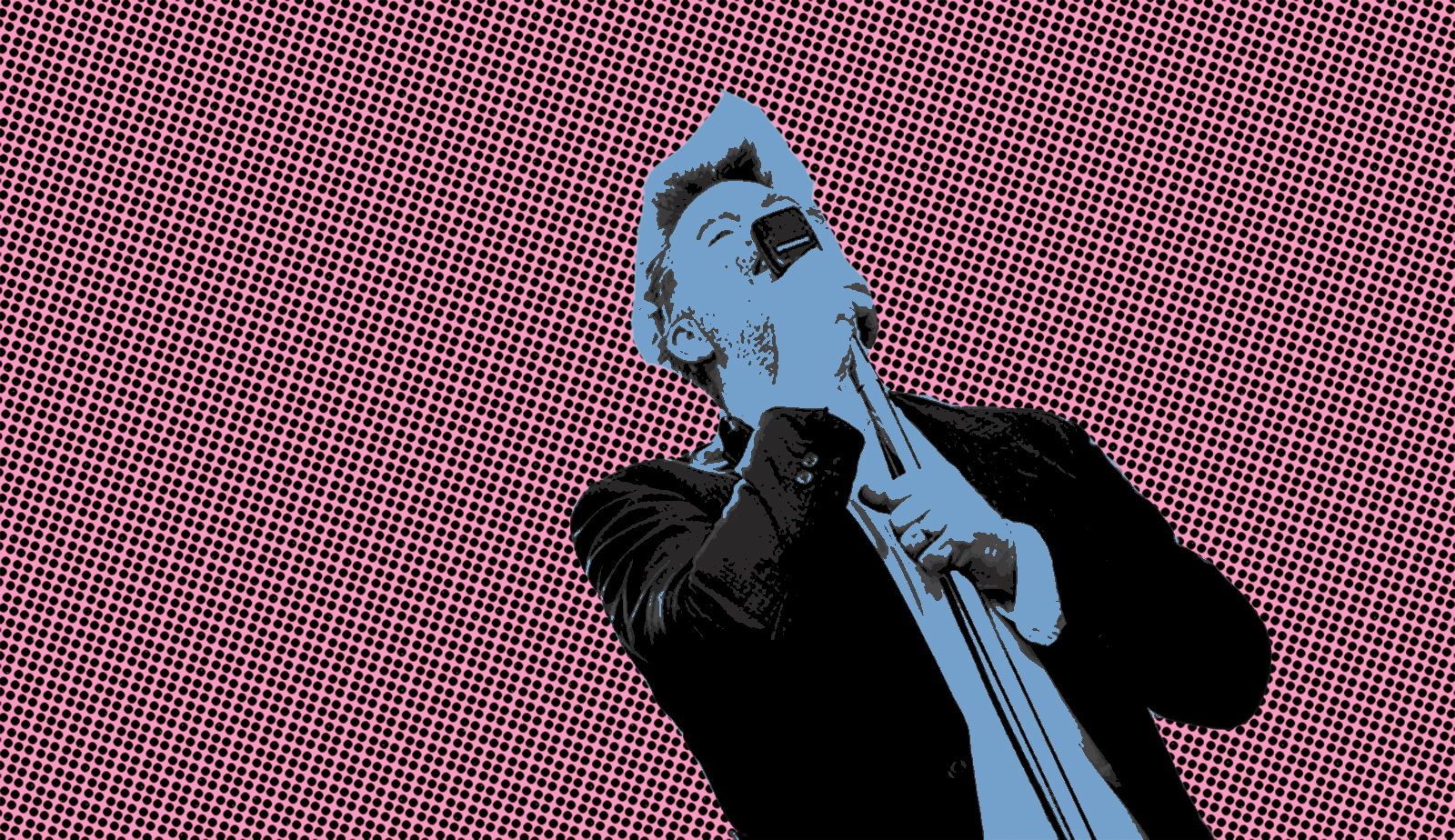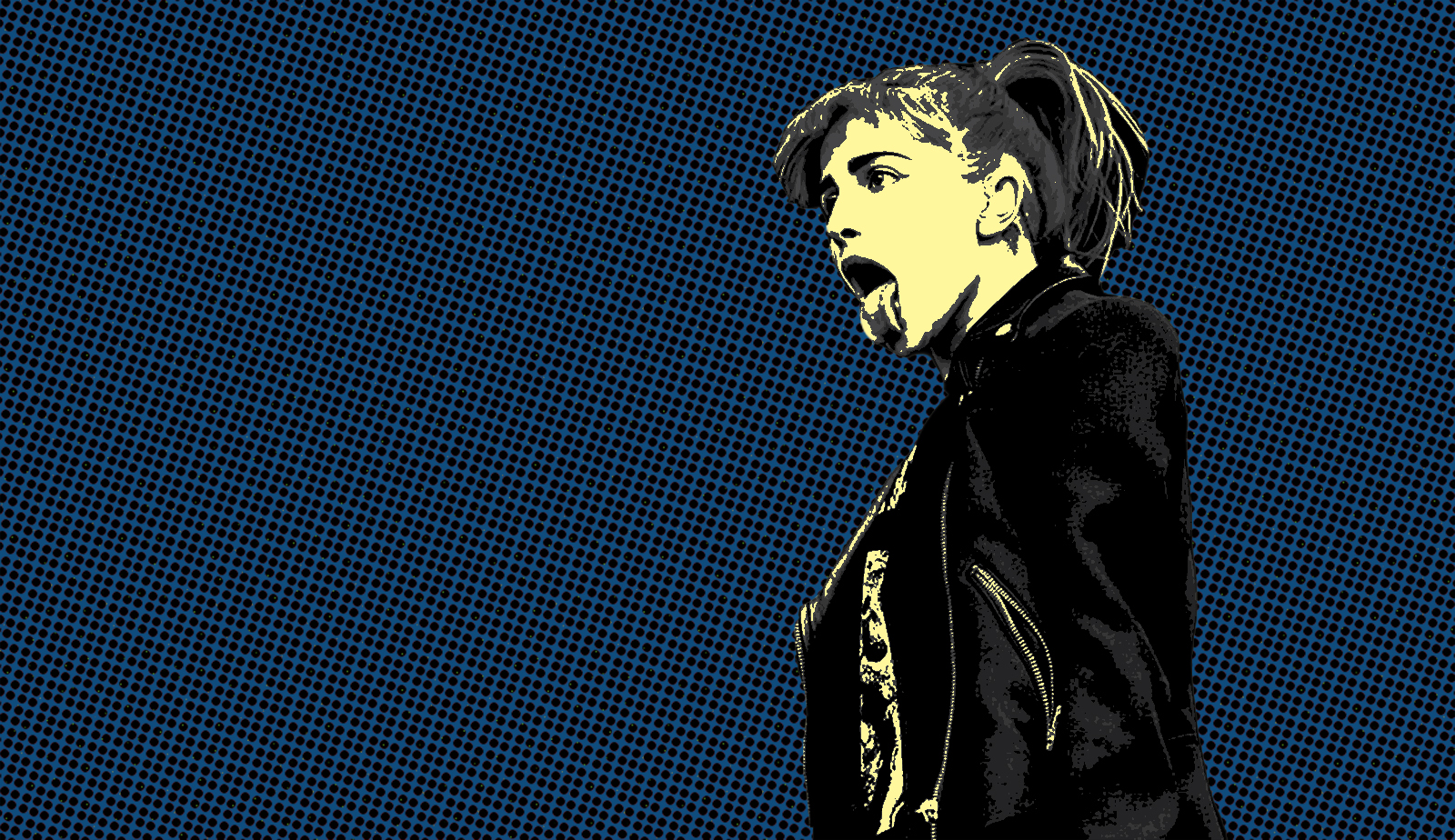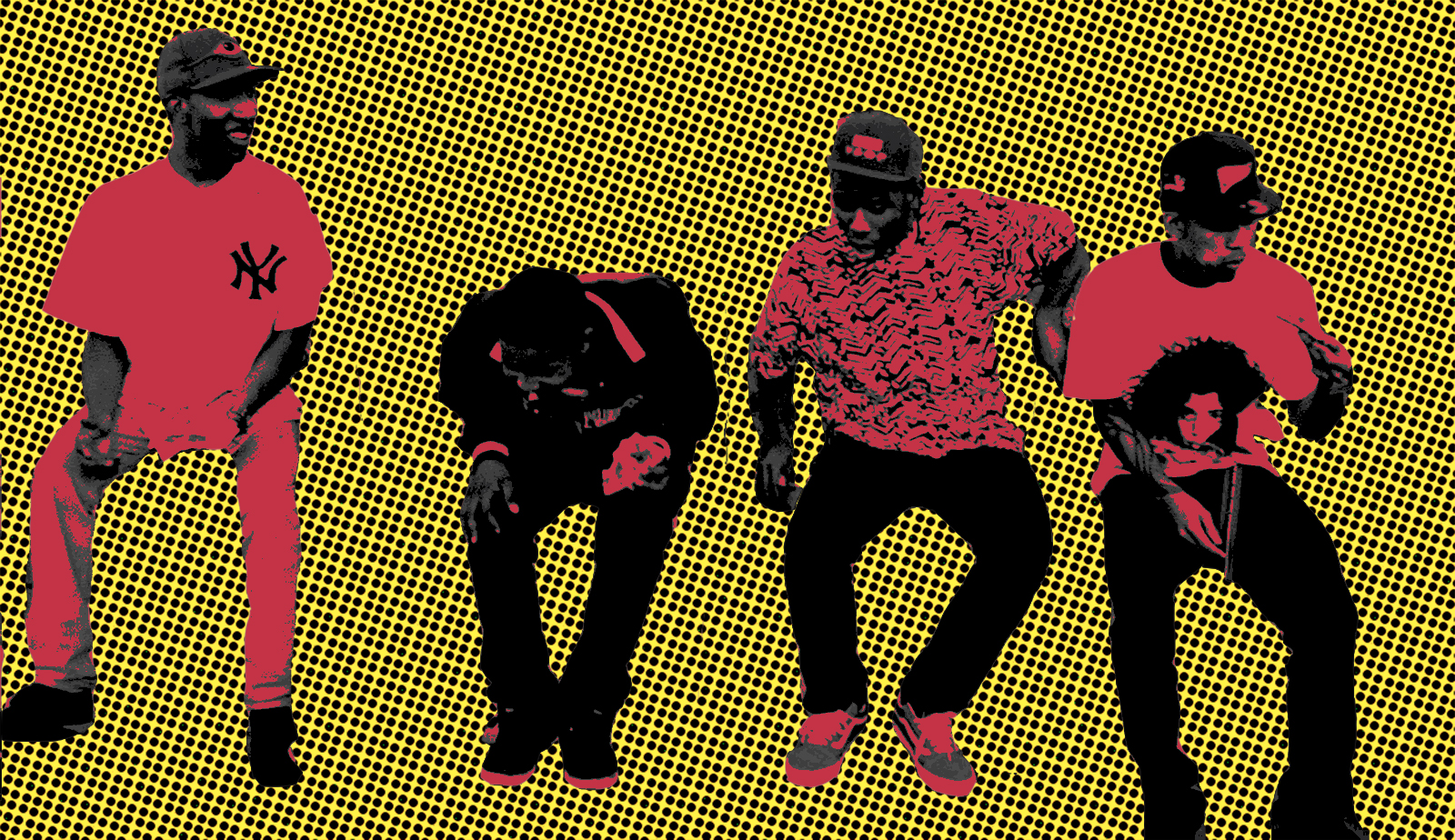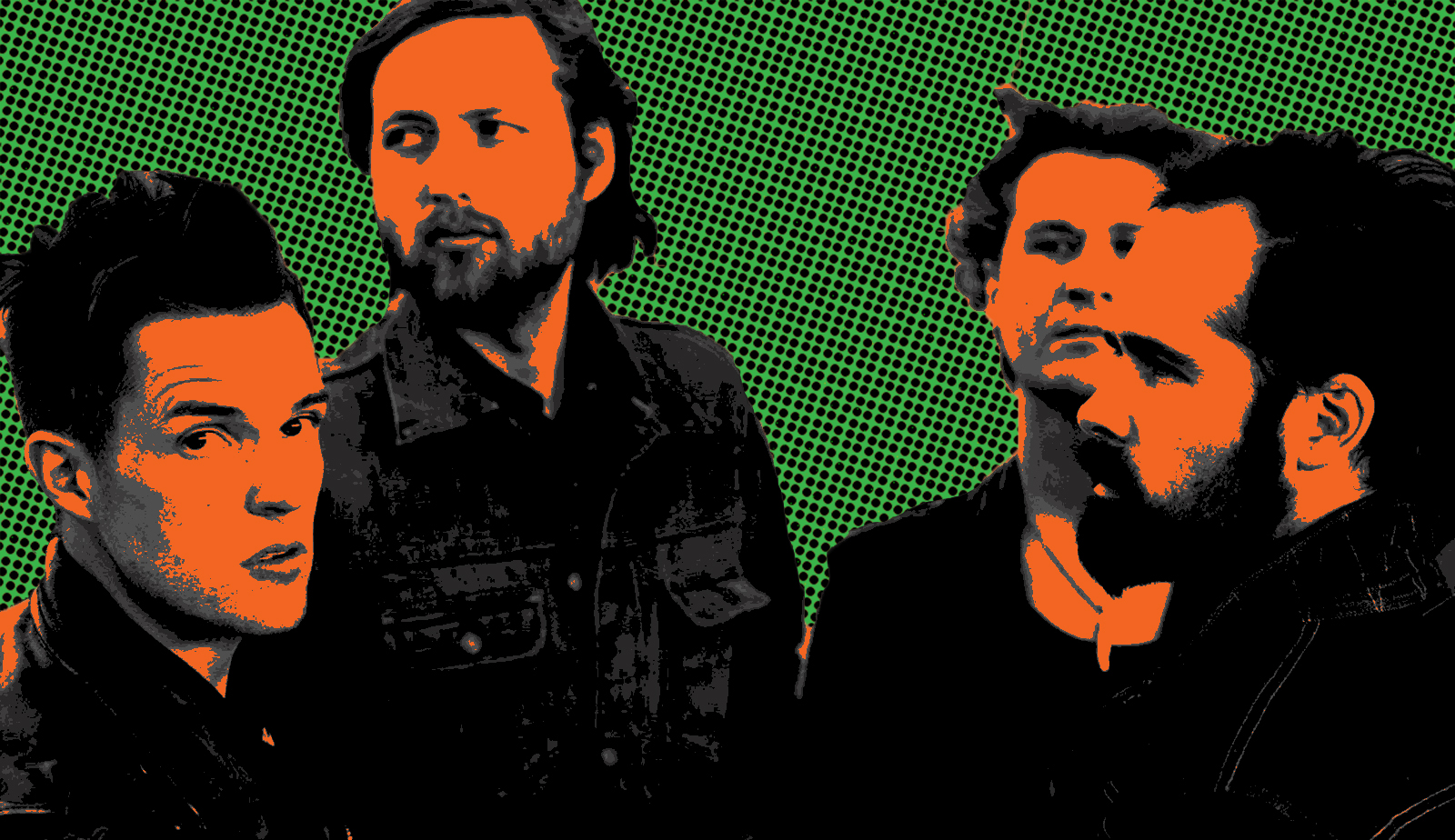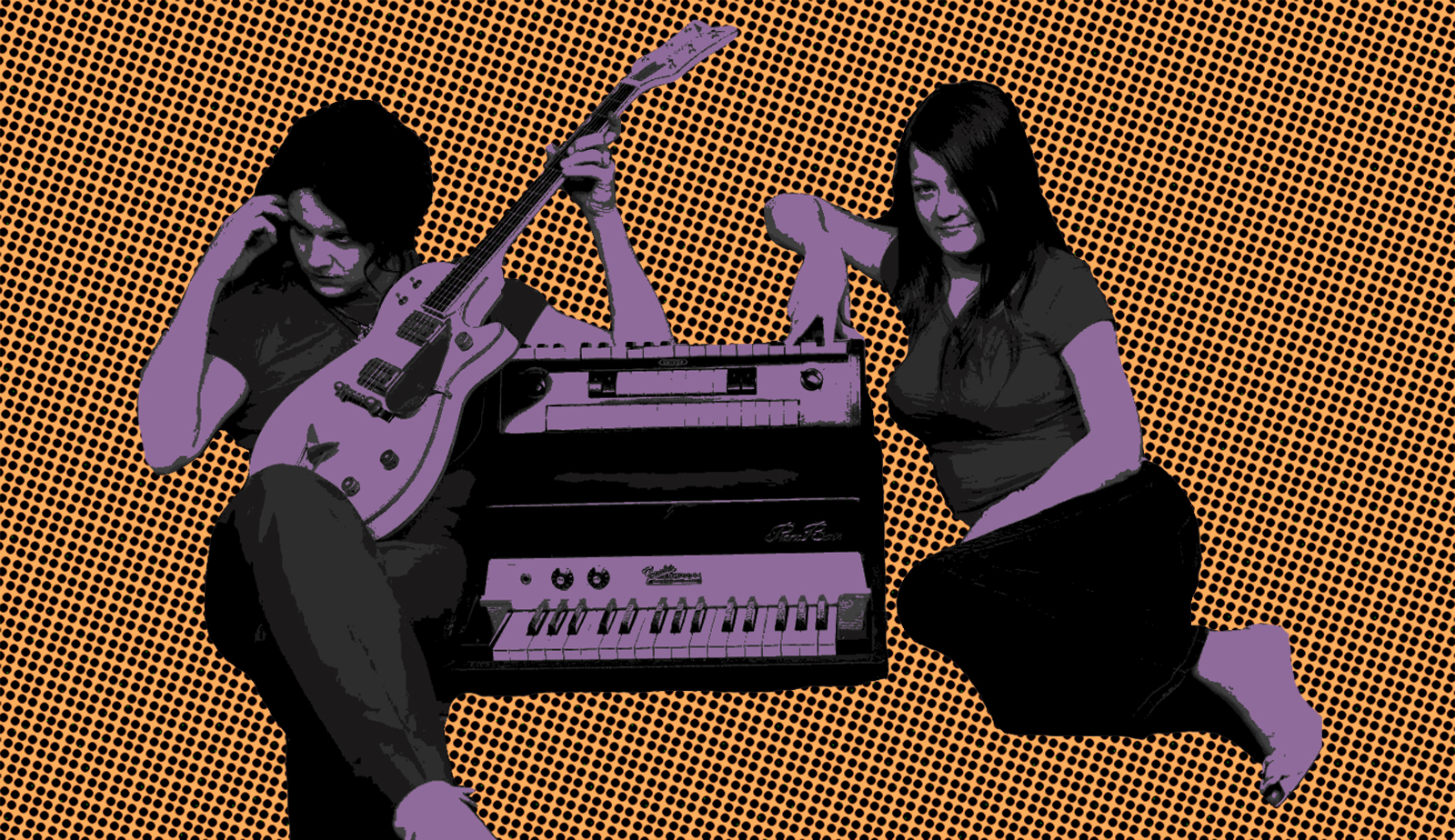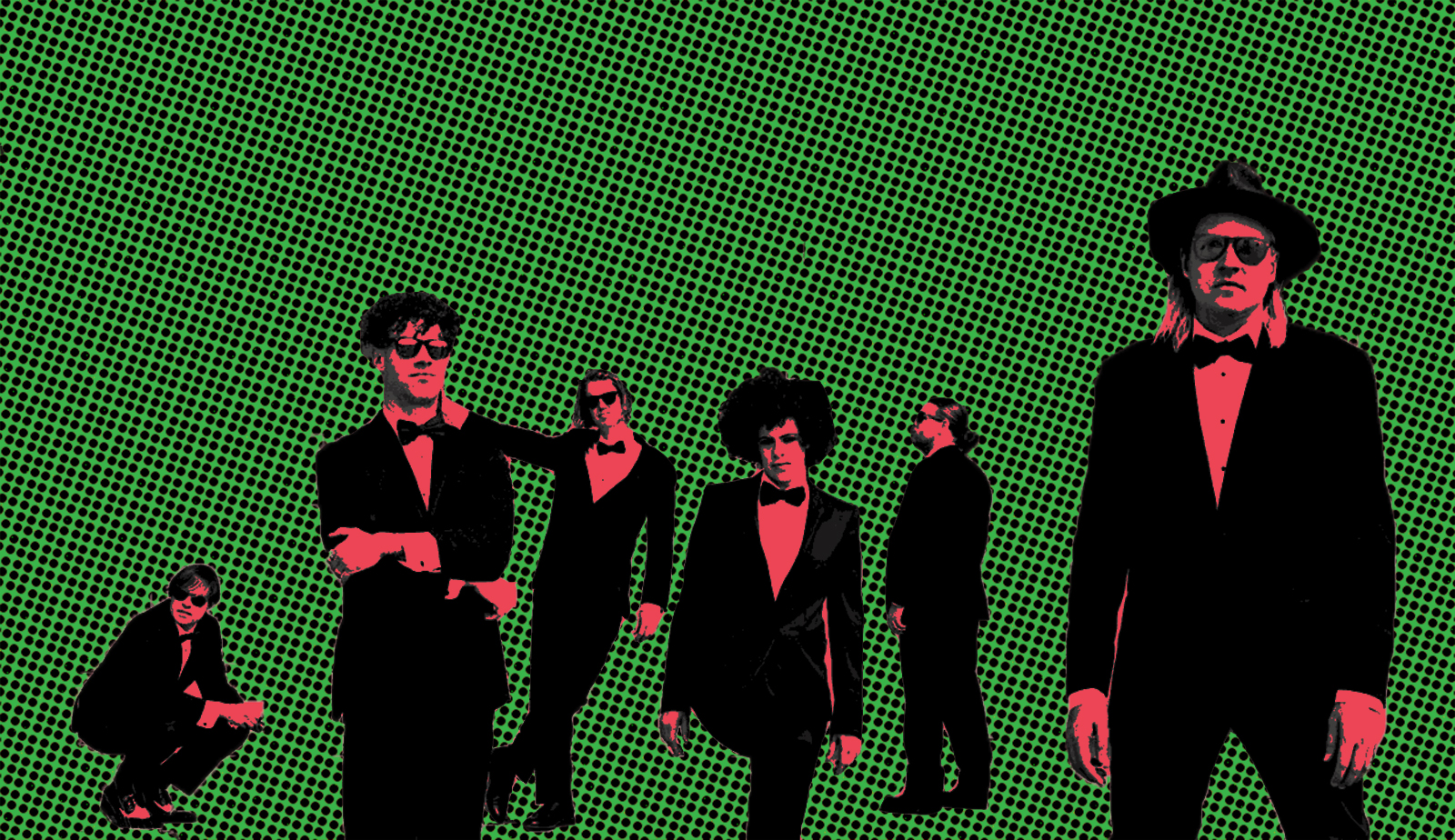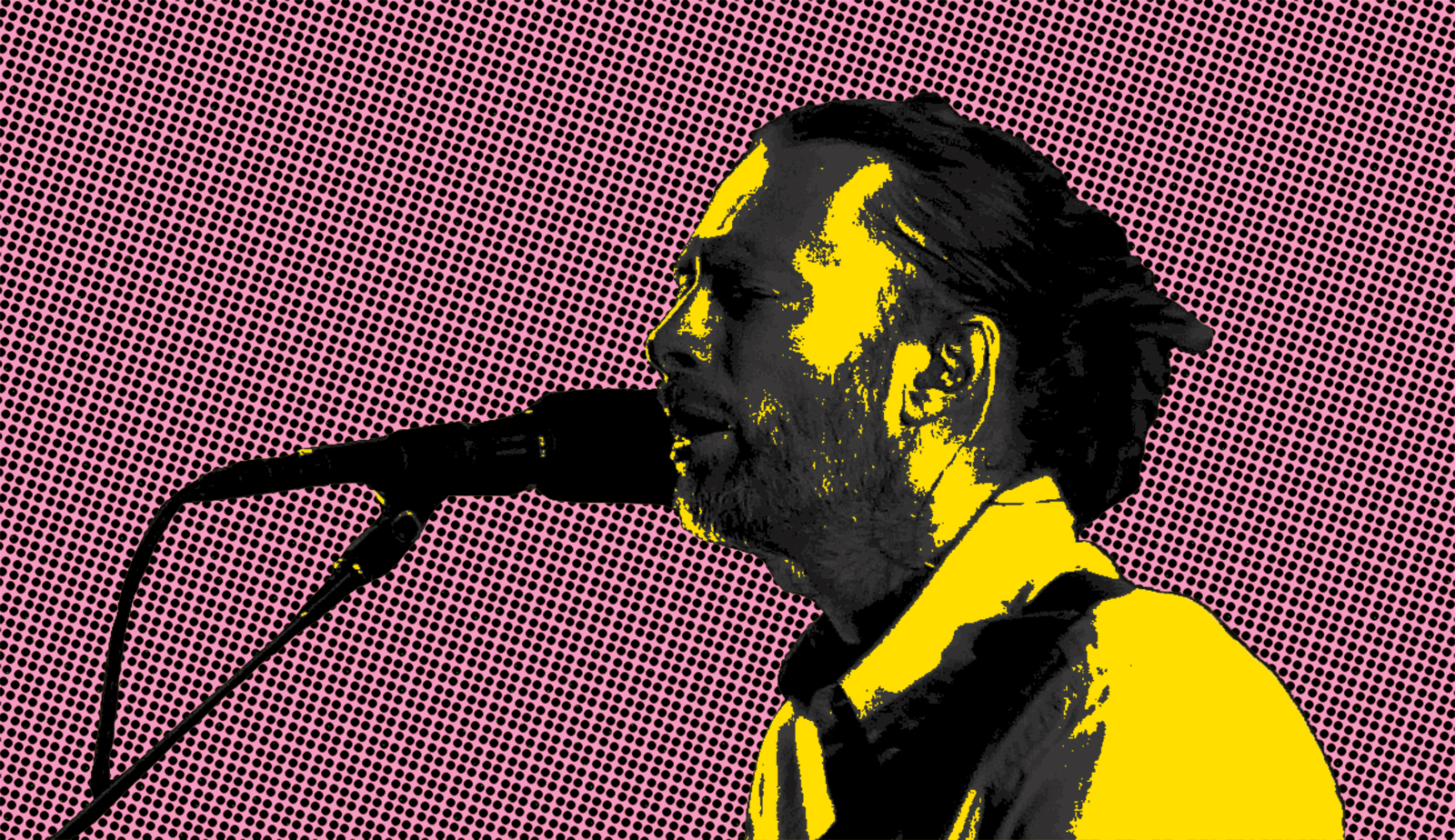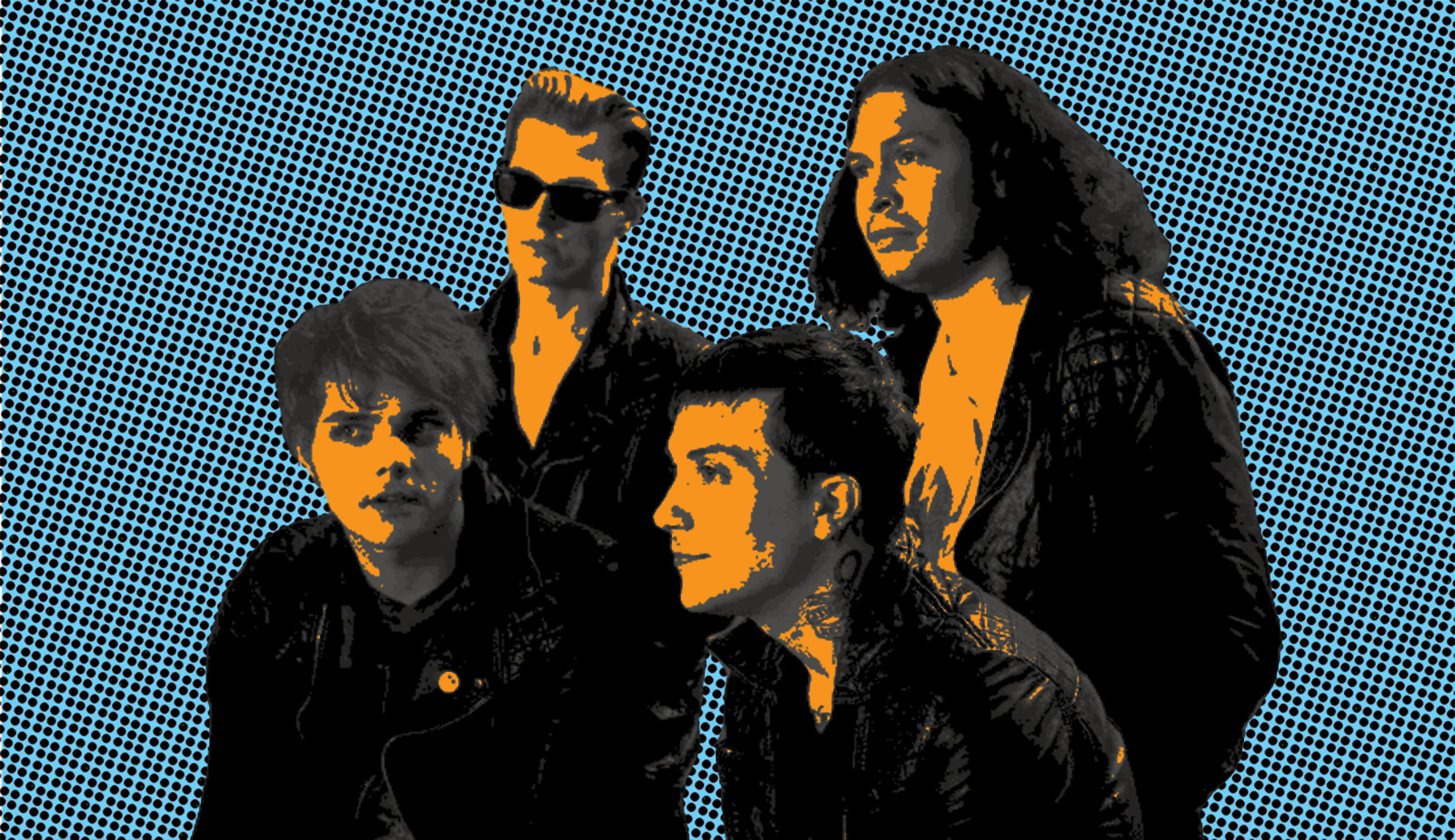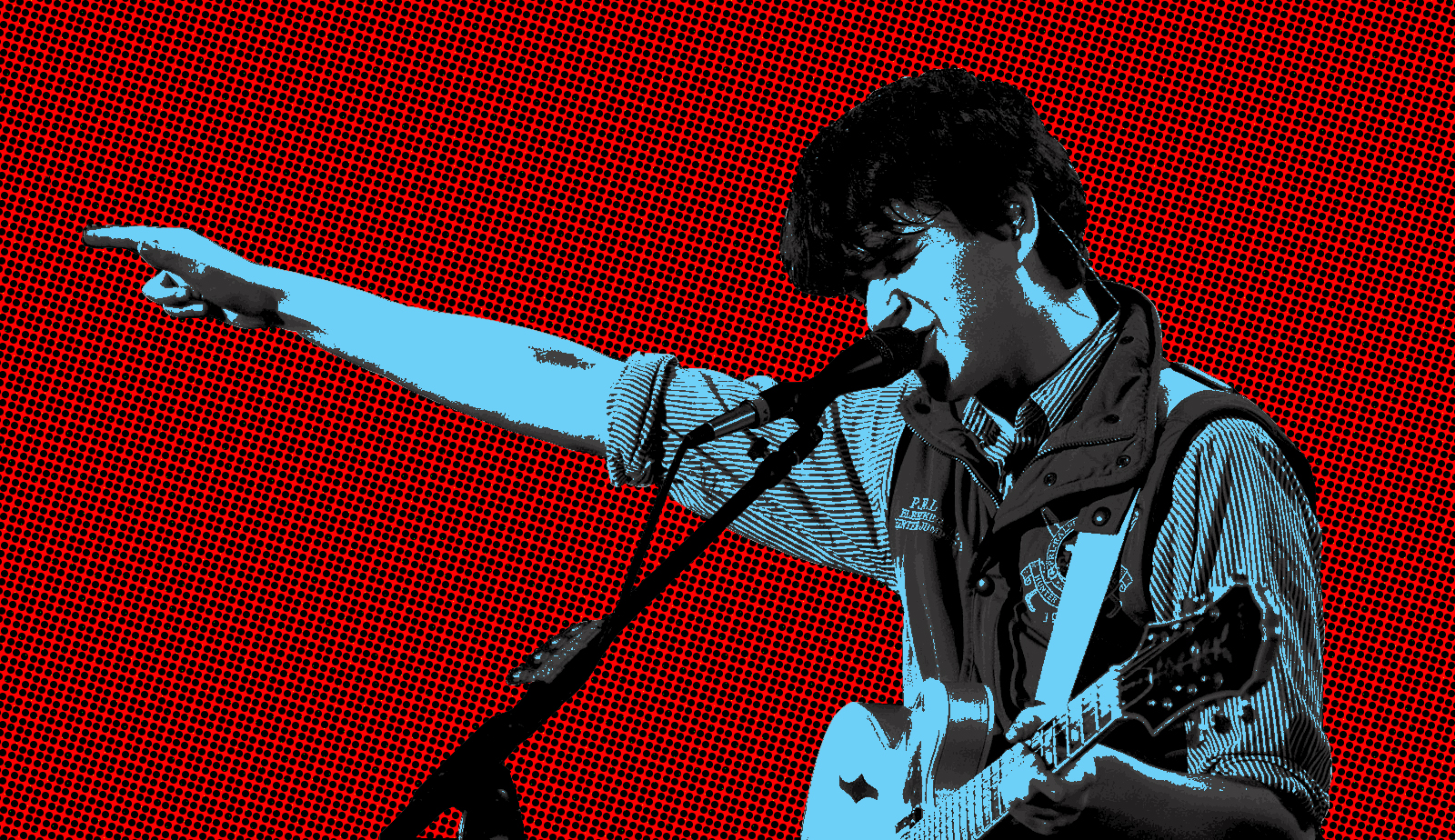“Sugar, We’re Going Down” has followed me to the very planes of my existence. It’s one of those unshakeable earworms, you know? You heard that familiar skipping triple beat and you just wanted to scream along. It didn’t matter whether or not you were into the genre, you knew that song, and by extension, you knew that band.
As artists grow, the question isn’t whether or not they’ve changed, it’s whether or not the changes have affected the root of who they are. Fall Out Boy’s venues have grown from small, dim basements to gigantic stadiums, their clothing has morphed to fit, and there’s also the issue of sound. Over the years, Fall Out Boy has become undeniably less punk and more pop. American Beauty/American Psycho is significantly less emo than anything from Infinity On High, but their electric demeanors and intense performances are just as brilliant as they were back in 2007.
The band’s musicians form a striking blend of talent; Pete Wentz’s smooth lyricism, Patrick Stump’s effortlessly delivered vocals and blended composition along with Joe Trohman and Andy Hurley’s energetic, angsty instrumentals create an unforgettably well rounded result.
Fall Out Boy’s music never fails to brighten and amaze; with the passionate effort they put into their work, it’s impossible to be a static listener.
— Sam Lu

